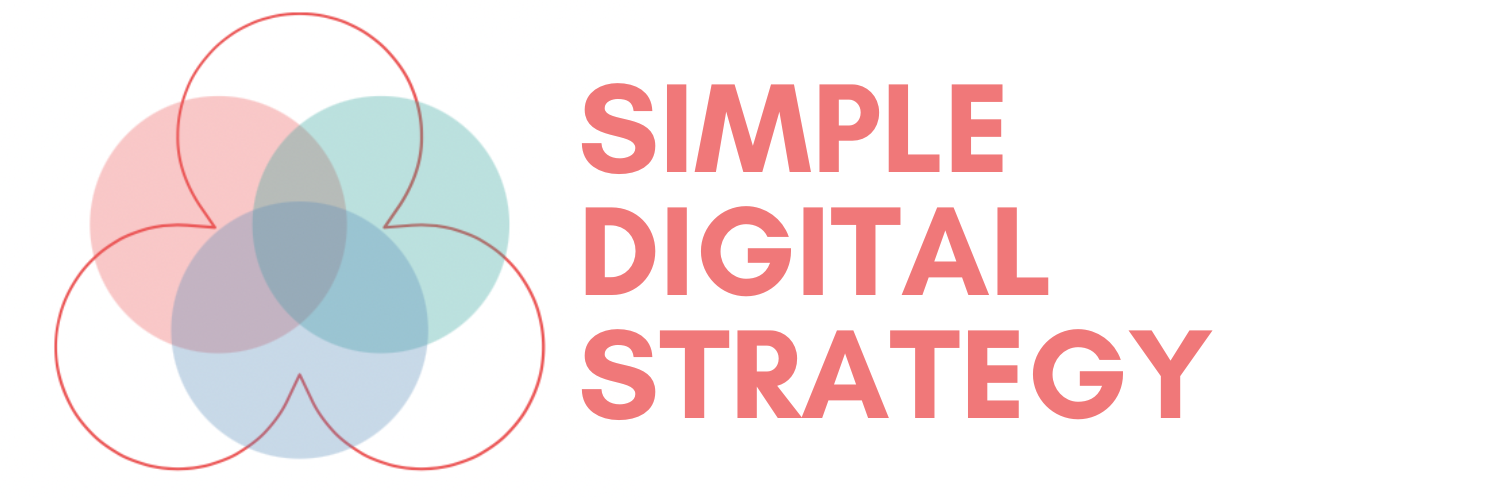What Is a Customer Data Platform? How CDPs Power Smarter Marketing
Customer Data Platforms (CDPs) are no longer tools only for large enterprises. As digital businesses shift to first-party data and owned audiences, CDPs are becoming essential infrastructure for modern marketing and content strategy.
What Is a CDP?
A Customer Data Platform (CDP) is software that creates a central place to collect, store, and use customer data. It unifies information from different systems—website, email, CRM, ads, transactions—into a single profile for each person or account.
This unified profile lets businesses:
- See a complete view of each customer’s activity.
- Segment audiences based on real behaviour.
- Trigger relevant content or communication.
- Measure what’s working across touchpoints.
Unlike traditional databases or analytics platforms, CDPs are built to activate data—not just store it.
If you’re new to the basics, start with the 4 types of audience segmentation.
Why CDPs Matter
As privacy laws tighten and third-party cookies fade out, CDPs help businesses shift to a first-party data strategy. This means:
- Owning your data instead of renting it from platforms.
- Building direct relationships with your audience.
- Creating more consistent and personalised experiences.
- Making smarter decisions based on real behavioural signals.
If your content, email, and ad campaigns feel disconnected or repetitive, a CDP can help align them around a clearer view of your audience.
Types of CDPs
There are several types of CDPs depending on how they're built and who they serve:
- Packaged CDPs – Prebuilt platforms like Segment, Klaviyo, or BlueConic, offering out-of-the-box integrations.
- Composable CDPs – Built from best-of-breed tools like GA4, BigQuery, dbt, and marketing APIs. These suit businesses with engineering resources.
- Vertical CDPs – Tailored platforms built for a specific industry (e.g. hospitality, education, media).
Each has different trade-offs in terms of speed to value, flexibility, and control.
Real-World CDP Use Cases
- Segment: Used by SaaS platforms to unify product, marketing, and support data into one actionable customer profile.
- Klaviyo: Enables ecommerce brands to build high-converting email and SMS campaigns by segmenting customers based on purchase and browse behaviour.
- BlueConic: Popular in media and publishing to personalise content experiences and ad targeting.
For detailed examples of how to target audiences effectively, see our Audience Segmentation Examples.
CDP Maturity Levels
Not all CDPs are created equal. Here’s how maturity progresses:
- Data Unification – Combine data from all systems into a single view.
- Segmentation – Group customers by behaviour, demographics, or content engagement.
- Activation – Sync audiences into tools like email, ads, or CMS for personalised messages.
- Measurement – Analyse lifecycle metrics across content and campaigns.
- Prediction – Use AI or scoring models to predict churn, purchases, or engagement.
Most companies don't need all five levels from day one—but understanding this ladder helps set direction.
What Problems Do CDPs Solve?
CDPs solve specific pain points that grow over time:
- Data scattered across tools
- No single customer view
- Inconsistent messaging across platforms
- Manual spreadsheet exports and imports
- Missed opportunities for automation or personalisation
- Compliance risks with unclear data ownership
If any of these feel familiar, a CDP could bring clarity and structure.
CDPs by Business Size
The value of a CDP changes depending on your stage:
Small Business / Creator
- Track and segment based on engagement
- Connect email tools and website behaviour
- Replace spreadsheets with something scalable
Mid-Market
- Coordinate email, ads, website, and product experiences
- Identify high-value segments or drop-off points
- Power real-time campaigns and experimentation
Enterprise
- Unify across multiple brands or systems
- Build lifecycle strategies at scale
- Maintain privacy compliance across complex stacks
What a CDP Is Not
There’s often confusion between CDPs and other tools:
- Not a CRM – CRMs track deals and relationships, not real-time behaviour.
- Not a DMP – DMPs manage anonymous third-party data, often for ads.
- Not just analytics – CDPs store data and send it out for action, not just reports.
Understanding this difference prevents over-investing in the wrong tools.
| Tool | Main Function | Key Limitation |
|---|---|---|
| CRM | Track sales and customer relationships | Doesn’t track real-time behaviour |
| DMP | Manage third-party ad data | Limited to anonymous data, often short-term |
| CDP | Unify and activate first-party customer data | Requires planning and good data hygiene |
When Do You Know You Need One?
Here are common signals:
- You run multiple marketing tools but data lives in silos
- Your email segments are basic or based on assumptions
- You can’t measure what content drives conversions
- You have leads or members but no way to track their lifecycle
- Your team uses exports, manual rules, or unscalable processes
- You want to move from broadcast marketing to lifecycle marketing
If any of these apply, even a lightweight CDP can bring order and clarity.
Build or Buy?
Smaller teams may start by composing a simple CDP from tools they already use:
Google Analytics 4, Looker Studio, Zapier, and a good email platform can go a long way.
Larger teams or those scaling quickly often benefit from buying a purpose-built CDP with pre-integrated connectors and governance tools.
CDPs and Content Strategy
This is where it gets powerful:
- Create audience segments based on content viewed
- Trigger email follow-ups based on interest
- Measure which content drives leads, loyalty, or purchases
- Connect marketing content with product usage or learning systems
- Build true “audience journeys” that go beyond a single channel
A CDP brings your content and customer data into alignment, so you can grow more predictably.
Risks and Pitfalls
Like any tool, a CDP is only as good as the data and thinking behind it. Common traps include:
- Collecting too much data with no plan to use it
- Buying before your team is ready
- Poor integration or naming conventions
- Underusing segmentation or measurement features
The best CDPs are those built or chosen to match your real business use cases, not just your tech wishlist.
FAQ: Customer Data Platforms (CDPs)
What is a CDP?
A Customer Data Platform (CDP) is software that collects, unifies, and organises customer data from multiple sources — such as websites, apps, email, and CRM systems — into a single profile for each customer. This unified data can then be used to create segments, personalise marketing, and improve customer experience.
What does CDP stand for in marketing?
In marketing, CDP stands for Customer Data Platform. It’s a central hub for first-party customer data that helps businesses understand their audience and deliver relevant campaigns.
What is the difference between a CDP and a CRM?
A CRM focuses on managing relationships and sales interactions with known customers and prospects. A CDP stores and activates behavioural, transactional, and demographic data from multiple channels — and works with both known and anonymous users.
What is the difference between a CDP and a DMP?
A DMP (Data Management Platform) typically manages third-party audience data for advertising campaigns. A CDP focuses on first-party customer data, offering more depth and long-term customer profiles.
Summary
CDPs help modern businesses get clarity and control over their audience data. They're not just for large enterprises anymore. If you're running content or marketing across multiple tools, and feel like you're guessing instead of knowing, a CDP can turn data into direction.
You don’t need to go all-in from day one. Start with the basics. Unify your data. Segment meaningfully. Activate consistently. That’s the foundation of sustainable digital growth.

